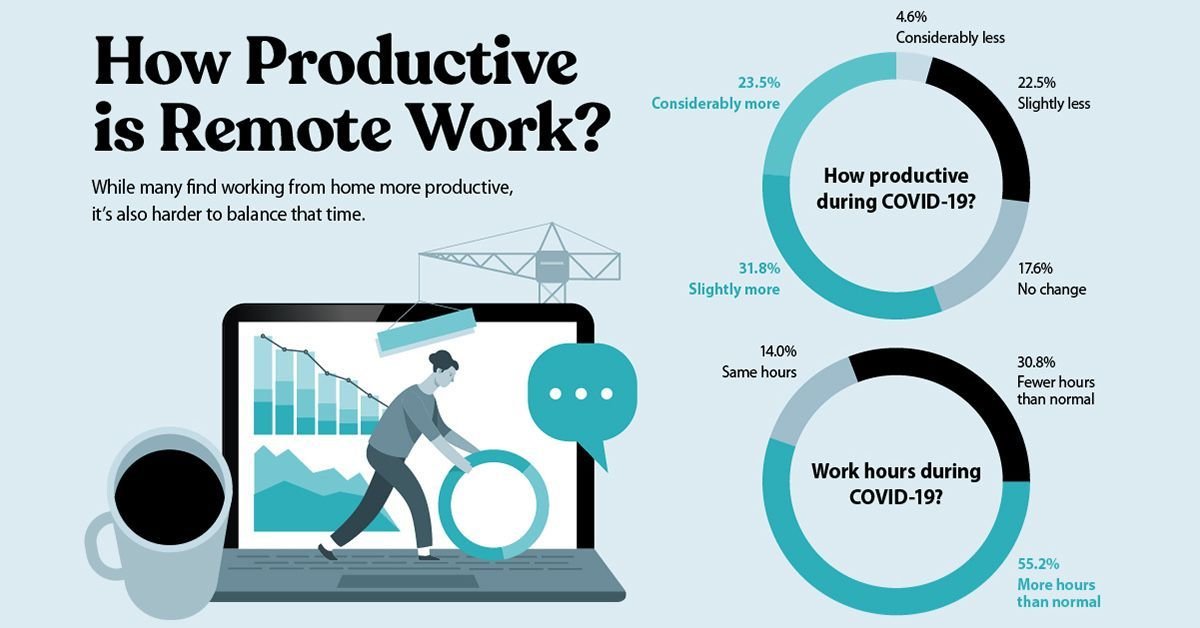Remote work tools for productivity
I. The Problem: Low Productivity Due to Ineffective Remote Work Tools
Overview:
As remote work becomes standard practice across industries, many teams struggle with decreased productivity. The issue often stems from inadequate, poorly integrated, or underutilized remote work tools.
II. Breakdown of the Problem
1. Communication Gaps
-
Symptoms: Missed updates, misaligned priorities, slow decision-making.
-
Common Causes: Relying on a single communication tool, lack of clarity on tool usage.
-
Consequences: Project delays, frustration, and burnout.
2. Task Management Confusion
-
Symptoms: Overlapping responsibilities, unclear deadlines, tasks falling through the cracks.
-
Common Causes: No centralized task tracking, lack of prioritization methods.
-
Consequences: Team inefficiency and poor deliverable quality.
3. Tool Overload or Mismatch
-
Symptoms: Switching between too many apps, steep learning curves.
-
Common Causes: Using tools that don’t fit the team’s workflow or scale.
-
Consequences: Wasted time and low tool adoption rates.
4. Lack of Visibility and Accountability
-
Symptoms: Unclear performance metrics, difficulty tracking progress.
-
Common Causes: Inadequate reporting or status update processes.
-
Consequences: Declining performance, micromanagement, low morale.
III. Step-by-Step Solution
✅ Step 1: Audit Current Tools and Workflows
-
Action: List all tools in use (communication, project management, file sharing, etc.).
-
Resource: Use a tool audit template (e.g., in Google Sheets or Notion).
-
Goal: Identify overlaps, inefficiencies, and tool gaps.
✅ Step 2: Define Team Needs and Objectives
-
Action: Interview team leads and members to determine what’s missing.
-
Focus Areas: Communication clarity, task visibility, accountability.
-
Goal: Align tools with team goals (e.g., “Fewer meetings,” “Clearer project timelines”).
✅ Step 3: Choose the Right Tool Stack
Here’s a recommended minimalist stack:
| Function | Tool Suggestion | Why It Works |
|---|---|---|
| Communication | Slack or Microsoft Teams | Centralizes messaging with channels for topics. |
| Task Management | Asana, Trello, or ClickUp | Easy to use and scalable with integrations. |
| File Sharing | Google Workspace or Dropbox | Simple sharing and permissions control. |
| Time Tracking | Toggl or Harvest | Non-invasive way to boost accountability. |
| Collaboration | Miro or Notion | For visual brainstorming and knowledge sharing. |
Tip: Avoid redundant tools—choose one per category and train everyone on it.
✅ Step 4: Standardize Usage with SOPs
-
Action: Create Standard Operating Procedures (SOPs) for each tool.
-
Example SOPs:
-
“All client communication goes in Slack, not email.”
-
“Tasks must have due dates and assignees in Asana.”
-
-
Goal: Eliminate ambiguity and enforce consistency.
✅ Step 5: Train and Onboard Teams
-
Action: Offer training sessions or quick-start guides.
-
Tools: Loom for async video walkthroughs, or live demos.
-
Tip: Nominate a “tool champion” in each department for support.
✅ Step 6: Implement Feedback Loops
-
Action: Use monthly retrospectives or surveys to get feedback.
-
Goal: Catch issues early, improve adoption, and refine workflows.
✅ Step 7: Measure and Optimize
-
Metrics to Track:
-
Task completion rates
-
Tool usage statistics
-
Meeting duration reduction
-
-
Tools: Use built-in analytics (e.g., Slack insights, Asana reports).
-
Action: Tweak SOPs and tool setup based on data.
IV. Real-World Example
Case Study: Mid-size Marketing Agency (50 employees)
Problem: Too many tools (Zoom, Skype, Trello, Jira, Dropbox, Slack), overlapping functions, and lost productivity.
Solution:
-
Conducted tool audit → Removed Skype, Jira, and Dropbox.
-
Standardized Slack for communication, Asana for tasks, and Google Workspace for files.
-
Created SOPs and ran 3 training sessions.
Result: -
25% reduction in internal emails
-
Project completion rate improved by 30% in 2 months
-
Employee satisfaction with tools rose from 63% to 89%
V. Additional Tips for Long-Term Success
-
Limit Tool Bloat: Review tools quarterly to prevent unnecessary additions.
-
Create a Digital HQ: Use platforms like Notion or Confluence to centralize info.
-
Prioritize Async Communication: Reduce unnecessary meetings.
-
Use Integrations Smartly: Connect tools (e.g., Slack + Asana) to automate updates.
-
Invest in Change Management: Provide support for resistance and adapt workflows gradually.
VI. Conclusion and Call to Action
Remote work productivity isn’t just about using tools—it’s about using the right tools the right way. By auditing your systems, aligning with team needs, standardizing practices, and continuously optimizing, your organization can drastically improve remote collaboration and output.
✅ Next Steps:
-
Download the Remote Tool Audit Template (provide link if applicable)
-
Schedule a team meeting to review current tools and gaps
-
Implement the 7-step strategy above within the next 30 days
👉 Need help streamlining your remote tool stack?
Book a 30-minute strategy call with our team today and get a custom optimization roadmap tailored to your team’s needs.
